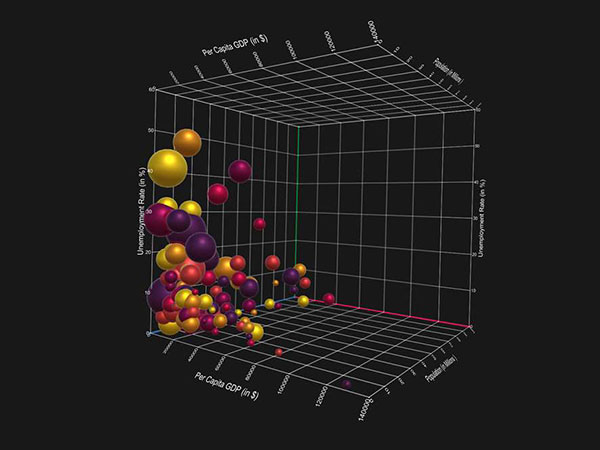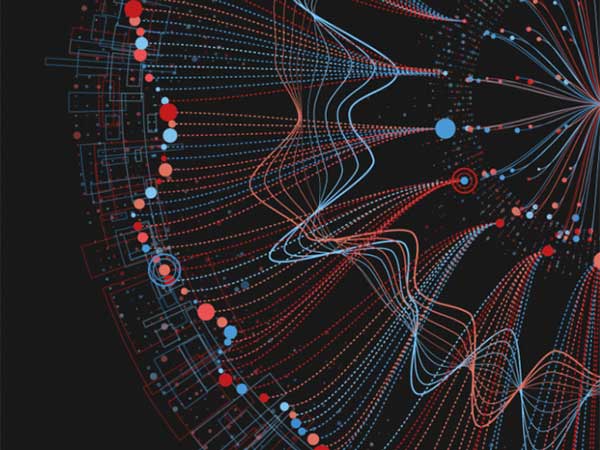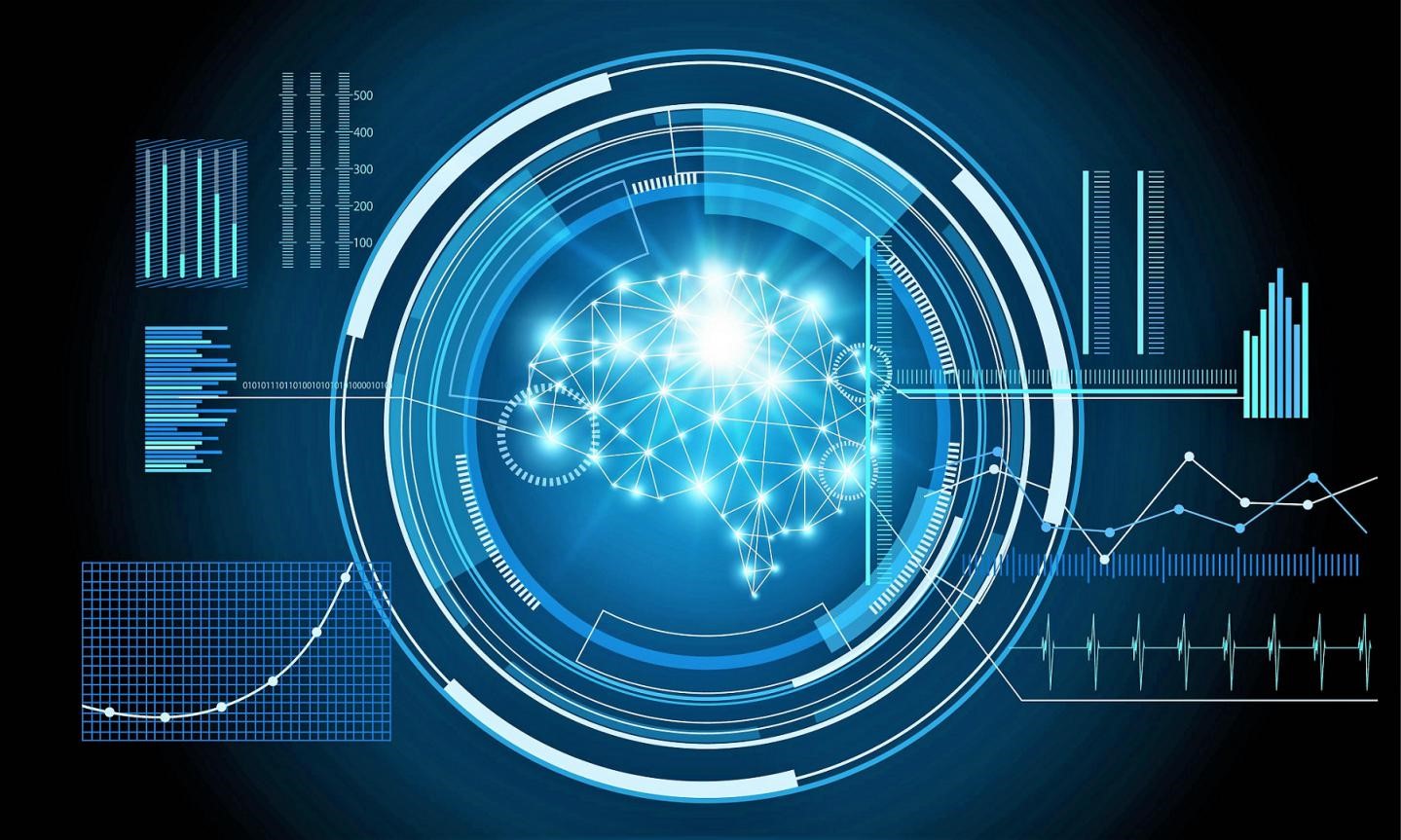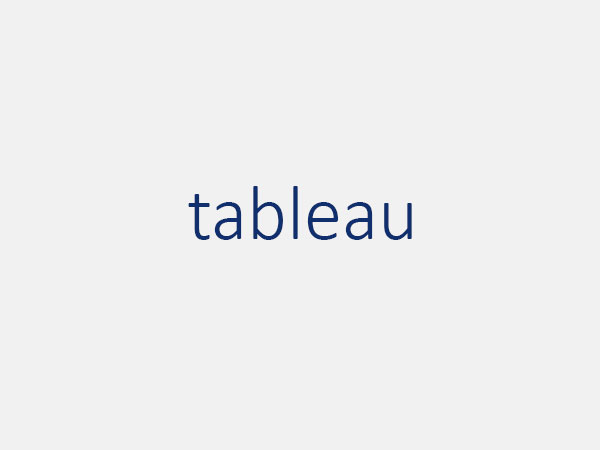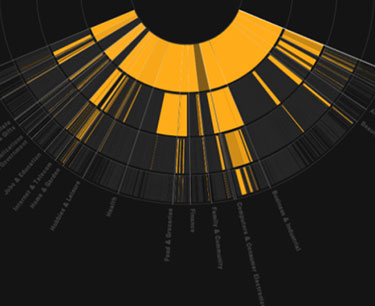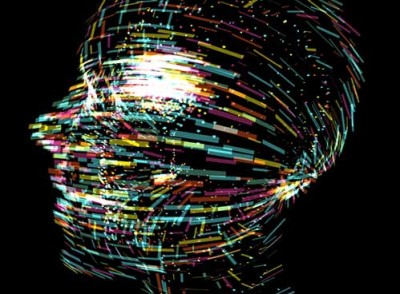Virtual reality (VR) is changing the way people play games and watch videos, the way people advertise on social media, the way we approach education and health care and perhaps, the way we approach the data analysis.
“Big Data” is a term used to describe the volumes of data constantly generated by every digital signature created. Prior to the digital age, these databases were still acquired in the form of transaction records, receipts, paper files, customer surveys/complaints etc. And make strategic decisions based on that information without being overwhelmed with the amount of data obtained.
However, that’s not the case in the digital age.
In the digital age, data is accumulated at an astonishing pace. Every electronic transaction we make—shopping, texting, moving (location), emails, social media, video, medical, all become data sources, which are constantly generating information on customer and user activities. No one person can keep up with that amount of information and make accurate assessments based on that data moving forward. It’s just too much.
Enter virtual reality.
Virtual reality experiences allow users to enter three-dimensional simulations and visualize anything from a roller coaster ride to a potential new home. It also lets us step into a world filled with data we can’t otherwise process. Visualization helps with the comprehension of data and VR helps with the visualization. VR allows a user to become immersed within a world of data in a way that’s more conducive and instinctive. Immersion into that world allows users to separate the wheat from the chaff in a much more effective manner.
But how?
You can literally surround yourself in a virtual world. Which would be the center of a massive data set. And observe the changes of one variable to that data set (basically the scientific method but on steroids). The data is all around you and you can see the effects of subtle changes of just one variable and how it impacts a series of outcomes. Google “Goodyear and VR” for one such example of how VR helped solve a complex problem in real time.
This combination of VR/big data which allows the interaction of data in real time impacts almost any industry where rapid responses are necessary to instantaneous data acquisitions. Think sports—teams can make adjustments at halftime based on using interactive VR. Defenders can predict what attacking teams will do and how they will react based on VR simulations taken from the first-half (and previous match) footage. While offensive players can observe defending tendencies to better perform in the second half.
Benefits and applications of VR
VR also offers users the ability to learn more and learn it quicker. Presenting data in a 3D sense and placing a user in a 3D simulation allows the user to process information quicker and retain it longer. The immersive nature of VR, combined with the more natural presentation of information in VR, allows the user to increase the amount of data they process. Current technology allows using VR headsets seamlessly with the help of accessories such as sensors and extensions cables, but using those gadgets will be integrated into virtual reality headsets as technology advances. This means more processing power, freedom while using (wirelessly), better screens and less fatigue after use.
One obvious application of the benefits of VR comes from the world of science. Currently, there are too many scientific journals for the average researcher to keep up to date. In essence, scientific publications have become Big Data. VR can allow a scientist to immerse themselves in a world of these publications, distill the relevant information for a particular inquiry and respond to the subtle manipulations of individual variables to see the possible outcomes. VR will allow scientists to cross-reference data in a way unprecedented in human history.
Business can also make use of VR as well. Just as sports and science can observe how subtle manipulations of individual variables impacts their outcomes, so too can business. Business obtains a staggering number of data points daily and sifting through them all is impossible without the help of VR.
People can use VR to step inside the massive data sets generated by the business to observe them in a more intuitive and natural way. In doing so, it allows them to process this information more efficiently without going into cognitive overload. Sensing changing market trends, demographic switches, product loyalties, and lifestyle changes are just a few of the important pieces of information that VR can help us determine from the vast amount of data generated every day.
VR has the ability to alter any industry in which a large amount of data is generated in a manner that human minds cannot fully wrap themselves around to make an informed decision about an outcome. We are now only starting to feel the effects of this powerful technology.

